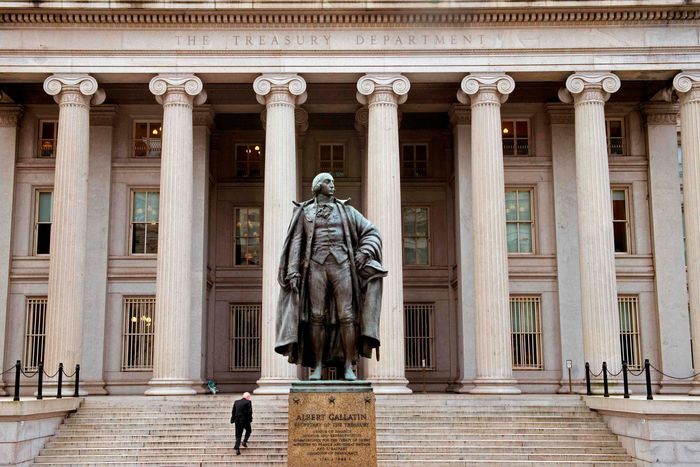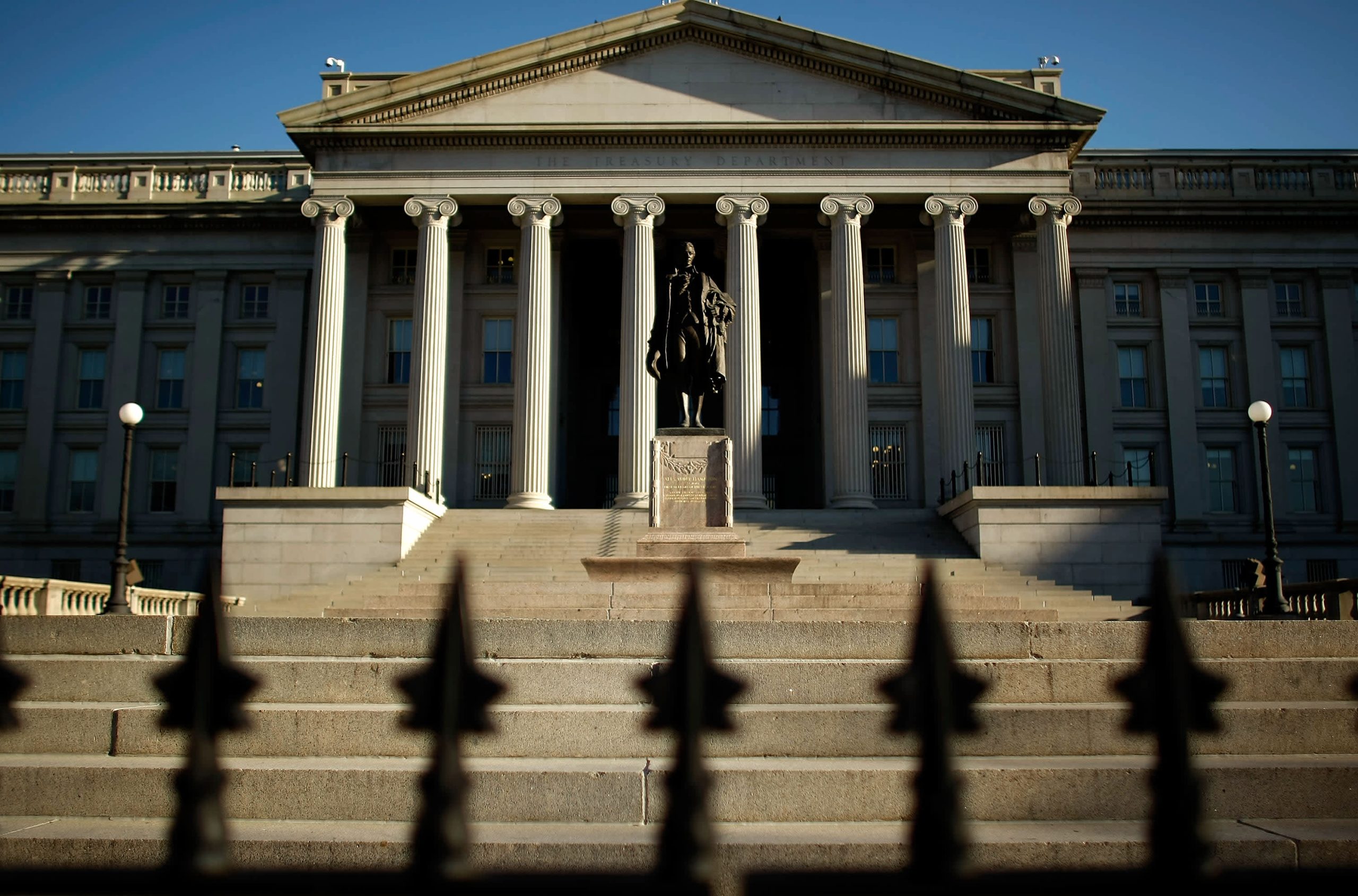Introduction
The US art market, often revered for its vibrancy and cultural richness, finds itself under scrutiny as a potential sanctions black hole. In the intricate world of art transactions, the shadows cast by international sanctions create a complex landscape, raising questions about transparency, regulations, and the US art market implications for the global art market.
The Veiled Transactions

Art transactions, characterized by their confidentiality and discretion, have long been a canvas for financial dealings that can elude the watchful eyes of international regulators. The opacity surrounding art sales provides a unique avenue for individuals or entities to navigate sanctions, concealing the true beneficiaries and sources of funds.
Comparative Table: Key Elements of the US Art Market as a Sanctions Black Hole
| Element | US Art Market as a Sanctions Black Hole |
|---|---|
| Confidentiality Culture | Emphasis on discreet transactions, shielding details from public scrutiny. |
| Limited Regulatory Oversight | Challenges in enforcing stringent regulations due to the nature of art dealings. |
| Potential Sanctions Evasion | Susceptibility to individuals or entities using art transactions to circumvent sanctions. |
| Global Implications | Impact on the broader art market, international relations, and efforts to combat illicit financial activities. |
Regulatory Challenges

The regulatory landscape surrounding art transactions presents a unique set of challenges. While efforts have been made to enhance transparency and address money laundering concerns, the inherent characteristics of the art market make it a challenging terrain for effective oversight. This, coupled with the global nature of art transactions, adds layers of complexity to regulatory endeavors.
Implications for the Global Art Market
The designation of the US art market as a potential sanctions black hole holds ramifications for the broader art world. As stakeholders grapple with the need for increased transparency and tighter regulations, there are concerns about the market’s integrity, potential reputational damage, and the efficacy of international efforts to combat financial misconduct.
Navigating the Shadows
Addressing the challenges posed by the US art market as a sanctions black hole requires a delicate balance between preserving the artistic and cultural essence of art transactions and ensuring adherence to global regulations. Striking this balance is pivotal for fostering a transparent and accountable art market that aligns with international standards.
Conclusion
In the intersection of art and finance, the shadows cast by the US art market as a potential sanctions black hole underscore the need for vigilance, regulatory evolution, and international collaboration. As stakeholders navigate this complex terrain, the future of the art market will be shaped by the delicate dance between preserving the mystique of artistic transactions and mitigating the risks of illicit financial activities. In the realm where art and sanctions converge, the US art market emerges as a canvas where transparency, regulations, and global implications intertwine, challenging stakeholders to paint a future that balances the allure of art with the imperative of financial integrity.




